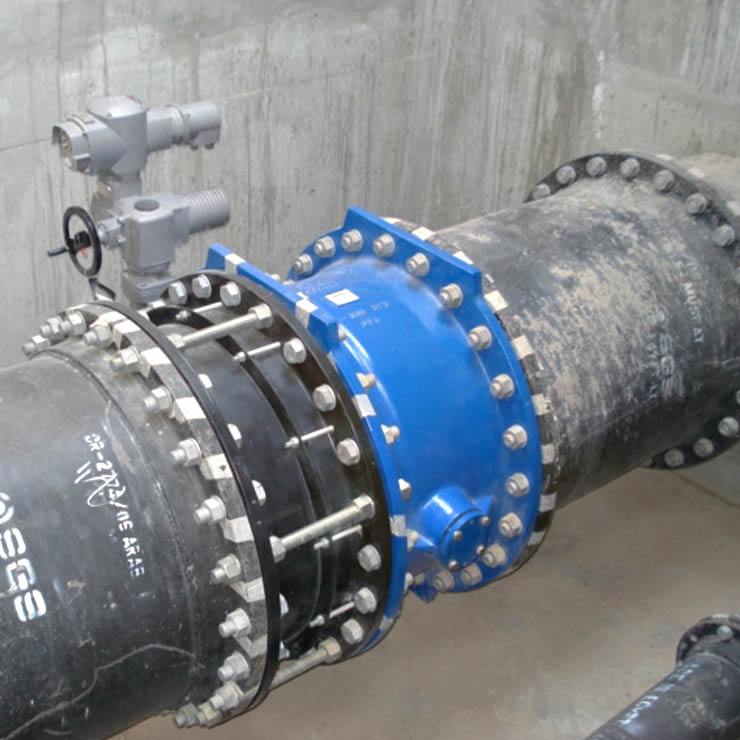

Over a fifth of Oman’s total potable water supply was lost in 2019 due to a number of factors, including networks leaks, illegally withdrawals, and unbilled supplies, according to the Public Authority for Water (Diam).
Of 385.9 million cubic metres (m3) of potable water distributed by the state-owned utility last year, 86.1 million m3 of supply – representing 22.2 per cent of the total volume -- was classified as ‘Unaccounted for Water’ (UFW) and effectively written off as commercial losses, Diam revealed in its 2019 Annual Report.
To its credit, the utility has halved the amount of ‘Unaccounted for Water’ (also known as Non-Revenue Water NRW) over the past several years through the implementation of a number of far-reaching technical measures and billing solutions. From losses amounting to a staggering 43.4 per cent reported in 2010, ‘Unaccounted for Water’ has been progressively pared to reach 22.2 per cent last year.
According to Diam, water losses occur at various points and stages in the distribution process involving either its piped networks or tanker-based supplies. “Through transportation of water through the piped network it is unavoidable that some losses of water occur in this process. These losses can be categorised as either physical or real losses from the network where the water escapes through breaks in the pipe or commercial losses were the water is taken illegally from the network or delivered to customers’ properties but not billed. Collectively the sum of these two is typically termed Non Revenue Water. It is critical that these losses are managed at an efficient level to minimise costs, though it should be noted that it is neither practical nor economic to reduce them to zero,” Diam explained in its Annual Report.
Significantly, around 28.5 million m3 of water supplied through the network in 2019 fell in the category of Non-Revenue Water (Retail) because of billing discrepancies. No revenues were earned for this volume as a result.
Alarmed by a rising trend in the volume of ‘Non-Revenue Water’, which had been growing at an average rate of 7.5 million m3 per annum between 2010 and 2016, Diam embarked on a series of measures to reverse the losses.
Over the ensuing years, it installed an array of sophisticated hardware and software solutions, including SCADA, Geographical Information System (GIS), Meter Data Management and Leakage Management software across its networks.
Further, to address under-billing issues, which were a dominant problem when billing and collection was outsourced to third party contractors, Diam decided to bring the entire billing system in-house.
“The significant benefits of improving the data within the billing system have seen the billed volume increase from 200 million m3 in 2018 to a volume of 237 million m3 in 2019. Diam is continuing to address other data issues in the billing system and expects that a further increase in the billed volume will be achievable in 2020,” the utility noted.
At the same time, the company kicked off efforts to reduce physical losses attributable to leakages. Side by side with a pipe rehabilitation programme, Diam also installed over 150 pressure reducing values across the network to avert pipeline ruptures or control flow rates in the event of a leak. Other measures include the introduction of District Metered Areas, use of satellite technology to pinpoint leaks, and repairs to reservoirs, the utility added.
Oman Observer is now on the WhatsApp channel. Click here



